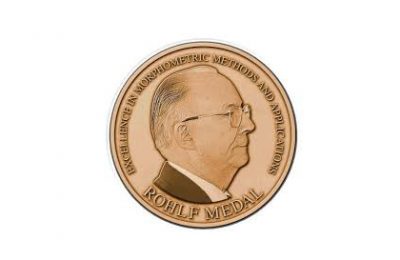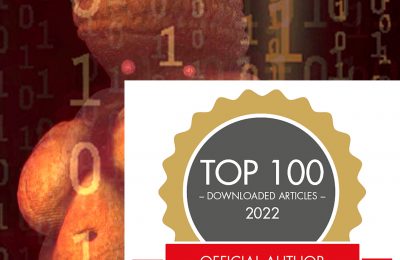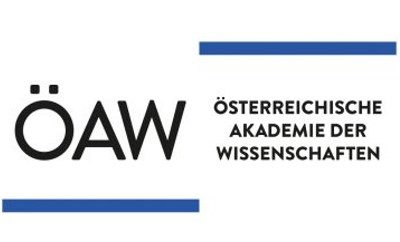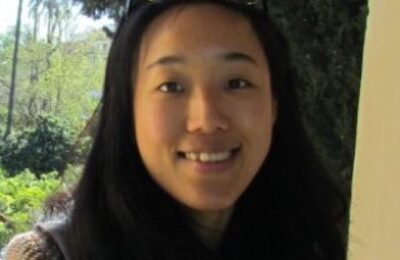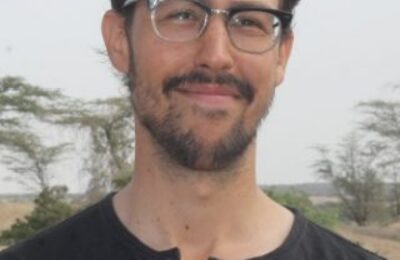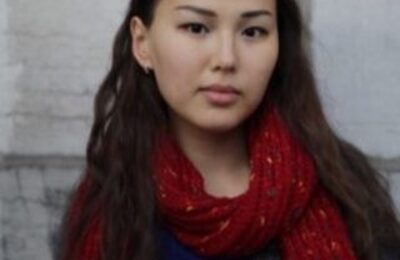Early Upper Paleolithic cultural variability in the Southern Levant: New evidence from Nahal Rahaf 2 Rockshelter, Judean Desert, Israel
Shemer, M., Boaretto, E., Greenbaum, N., Bar-Yosef Mayer, D.E., Tejero, J.-M., Langgut, D., Gnezdilov, D.L., Barzilai, O., Marder, O., Marom, N., 2023. Early Upper Paleolithic cultural variability in the Southern Levant: New evidence from Nahal Rahaf 2 Rockshelter, Judean Desert, Israel. Journal of Human Evolution 178, 103342. read more
